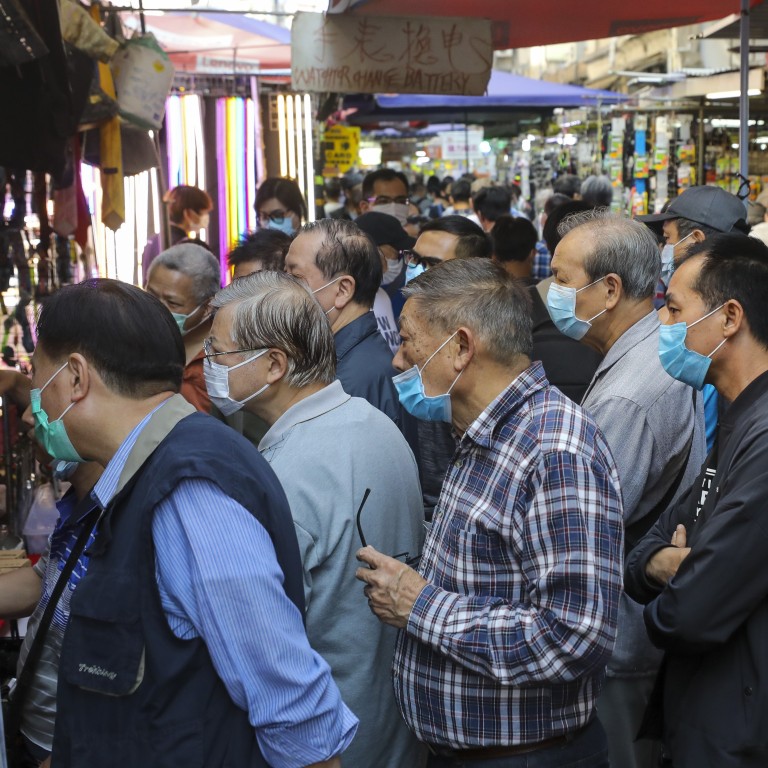
Coronavirus: Hong Kong records single-digit count in new infections for second straight day with five cases, but slowdown linked with testing lull over Easter
- Downward trend in new infections reflected in analysis of two weeks of coronavirus data, but experts say it is too early to declare breakthrough
- Five new cases push Hong Kong total to 1,009 as authorities admit problem in hospital system used to prevent contaminated air escaping from Covid-19 wards
While the downward trend in infections over the past two weeks was clearly reflected in data analysed by the Post, health officials and experts said it was still too early to confirm a definite turnaround, and a new problem was reported at a major public hospital where a negative pressure system for isolating Covid-19 patients malfunctioned for half an hour.
With Hong Kong's infected total at 1,009, Professor David Hui Shu-cheong, from Chinese University, said the city could only claim victory in the Covid-19 battle if reported daily cases were in the single digits for four weeks, equivalent to two incubation periods, as another expert pointed to sudden infection surges elsewhere as a warning against complacency.
“Singapore’s example has reminded us that the epidemic can change rapidly within a short span of time,” said University of Hong Kong microbiologist Dr Ho Pak-leung, referring to the 233 fresh cases recorded in the city state on Sunday.
The Post’s review of official data showed daily confirmed infections had dropped from 65 on March 27 to five on Monday, while the number recorded as displaying symptoms, a measure which provides a more up-to-date indication of Covid-19 patient figures, peaked at 44 on March 19 before falling to single digits from April 4.
Some 18 per cent of those confirmed as infected in Hong Kong did not show any symptoms, the analysis revealed, which is lower than the 25 per cent reported by the Centres for Disease Control and Prevention in the United States.
“Reopening of schools can be considered in the next phase as small kids often have close interactions,” he said, without specifying timescales.
“International travel and border restrictions should last the longest to guard against a resurgence of imported cases.”

Among the new infected patients reported on Monday, four of them had recent travel history, including a 14-month-old girl who had visited Britain, said Dr Chuang Shuk-kwan, head of the Centre for Health Protection’s communicable diseases branch, at the daily press conference.
Three other cases involved travel to Argentina, Paraguay, Indonesia and Britain. Monday’s only local infection was the father of a previously confirmed patient.
Hong Kong civil servants fighting 21st-century disease with 20th-century tech
Thirteen patients remained critical, while another 37 patients had recovered and were discharged.
Appealing to the public not to let their guard down, Chuang said the lower daily count over two consecutive days could be linked to fewer tests being conducted because of the closure of some private clinics during the Easter holidays.
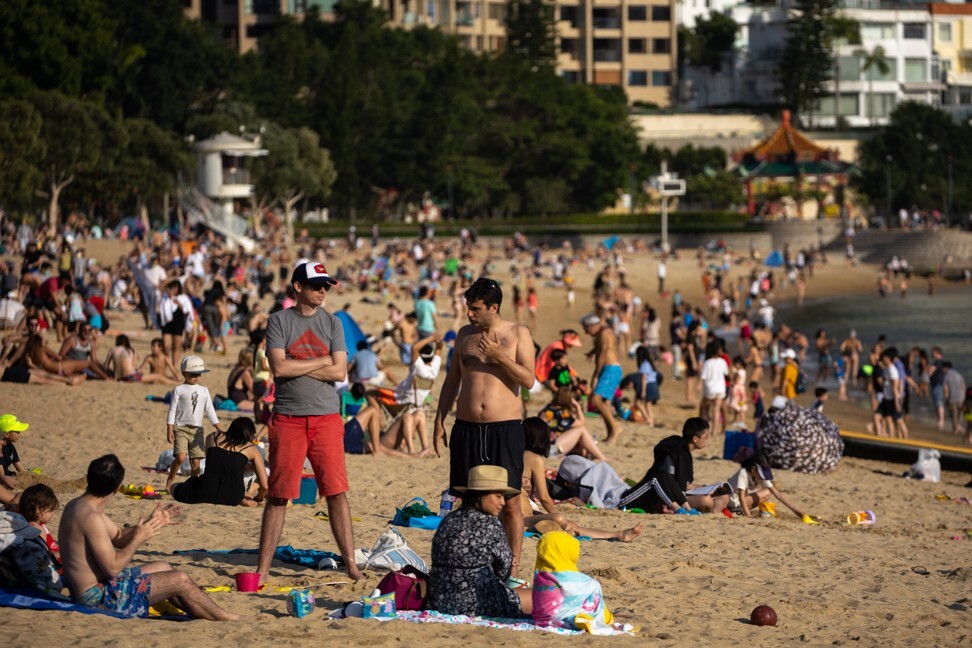
But the lower figures have led authorities to temporarily suspend a policy designed to ease the strain on government-run centres by sending patients to see out their last four days of quarantine at home. The occupancy rate of the city’s quarantine centres remains at 70 per cent.
Earlier, the HKU professor Ho told Hongkongers on a radio programme the city needed to steel its nerves and fight a long battle against the coronavirus.
“Singapore’s weather right now is equivalent to Hong Kong’s summer,” he added in a bid to dispel myths that the virus would wither in the coming seasonal heat.
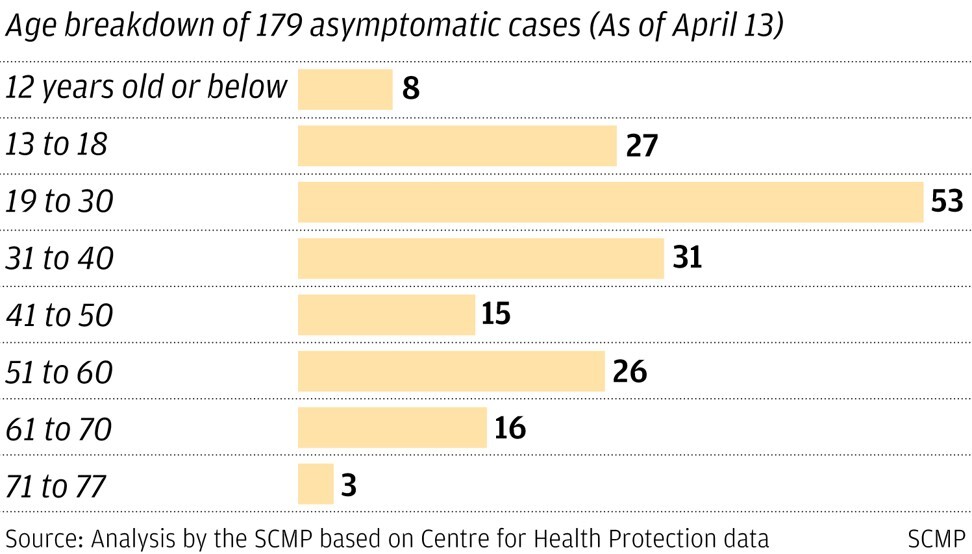
“If Singapore can have more than 200 new infections in a single day at a temperature like this, we should give up any illusion that the summer heat of over 25 or 30 degrees Celsius will kill off the virus,” he said.
Echoing his peer’s cautious interpretation of Hong Kong's figures, Dr Leung Chi-chiu, chairman of the advisory committee on communicable diseases at the Hong Kong Medical Association, said even with the downward trend in the city, an observation period was required of between 14 and 28 days to see if the public’s recent levels of social interaction – such as over the long Easter weekend – would trigger another local surge of infections.
Leung added the high proportion of young people below the age of 40 – 119 out of all 179 cases, or some 66 per cent – could be explained by the return of a large number of students from abroad, and that young people tend to become less ill if infected.
Experts’ concerns did not stop people from continuing to enjoy the clear, sunny weather over the holiday period, however.
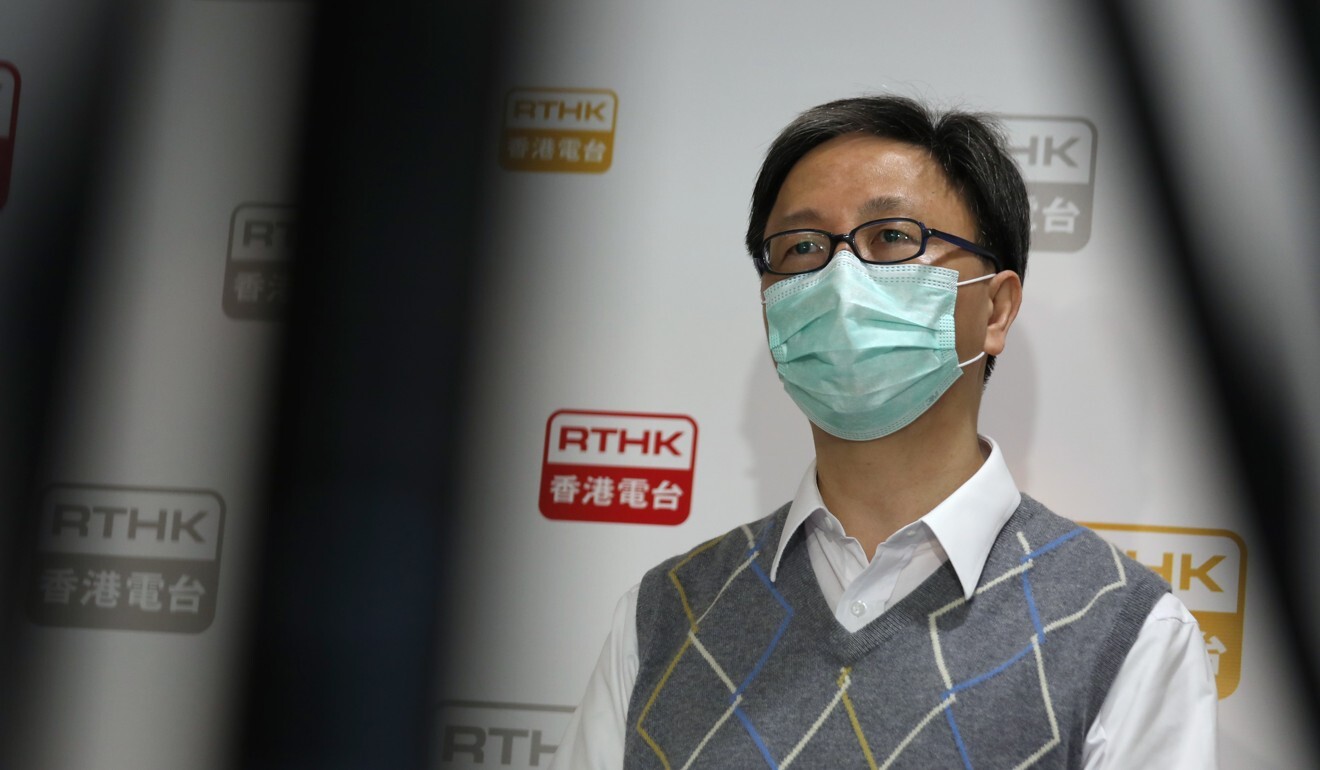
On the last day of the holidays, about 500 people flocked to Repulse Bay beach, against the government’s stay-at-home advice.
Ng Wah-ming, 58, was one of those not very concerned about the risks. “I’m not very worried. I think the situation in Hong Kong is not that serious,” he said. “We can’t just stay at home and avoid going out forever. But I would be careful when going outside.”
Dan Wong, who visited the Golden Computer Arcade in Sham Shui Po, said he had seen his income slashed and now played video games to kill time, expecting the crisis to run over the longer term.
“I have not been going out very much. I do not believe the epidemic is ending any time soon,” he said.
At Monday’s press briefing, officials admitted a temporary malfunction at Princess Margaret Hospital's infectious diseases centre of the negative-pressure facility used to prevent contaminated air escaping from wards with Covid-19 patients.
The hospital said technicians from the Electrical and Mechanical Services Department (EMSD) were repairing the centre’s air conditioning system at 2.55pm. During that time the air conditioning and negative pressure ventilation systems of seven floors suddenly stopped for five to 34 minutes.
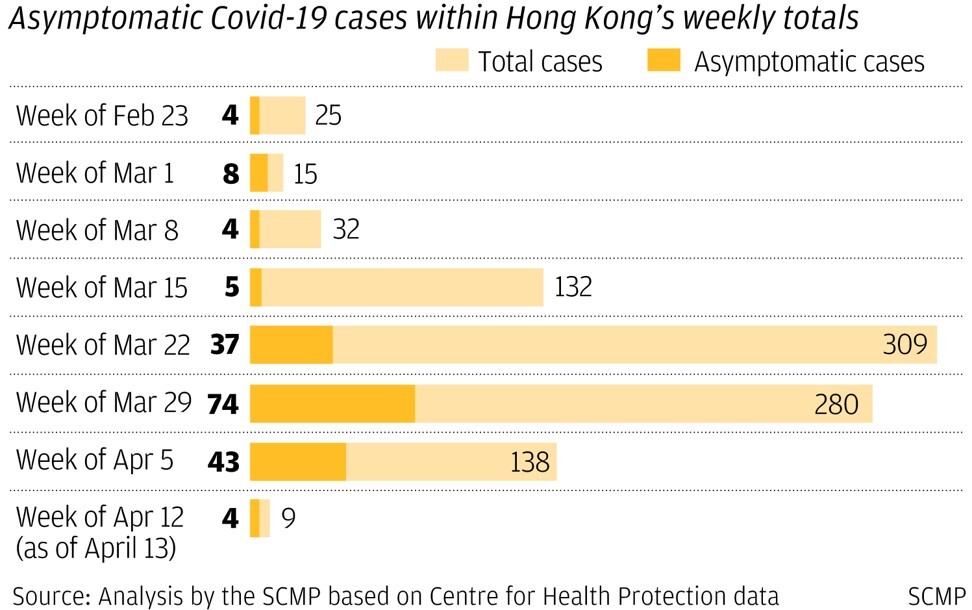
A Princess Margaret Hospital statement said preliminary investigation showed 69 patients – including 44 infected with Covid-19 – were on the affected floors.
Patients did not leave their rooms and no high-risk medical procedures were being performed on those floors, the hospital said, adding: “It is believed the infection risk was very low.”
A spokesman for the Electrical and Mechanical Services Department said an abnormality in the central air conditioning’s control and monitoring system had affected the negative pressure rooms, adding the cause of the incident was under investigation.
Additional reporting by Fiona Sun


